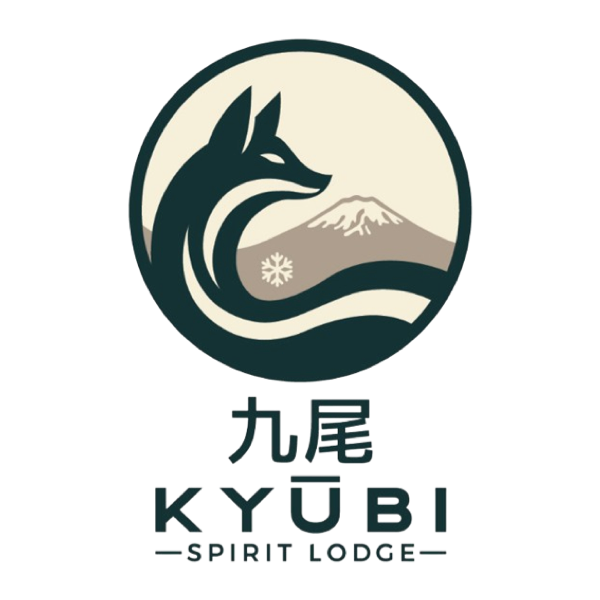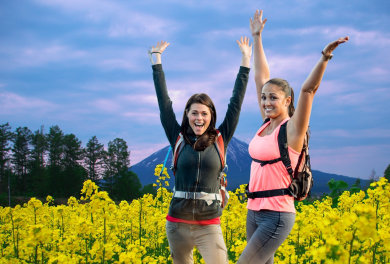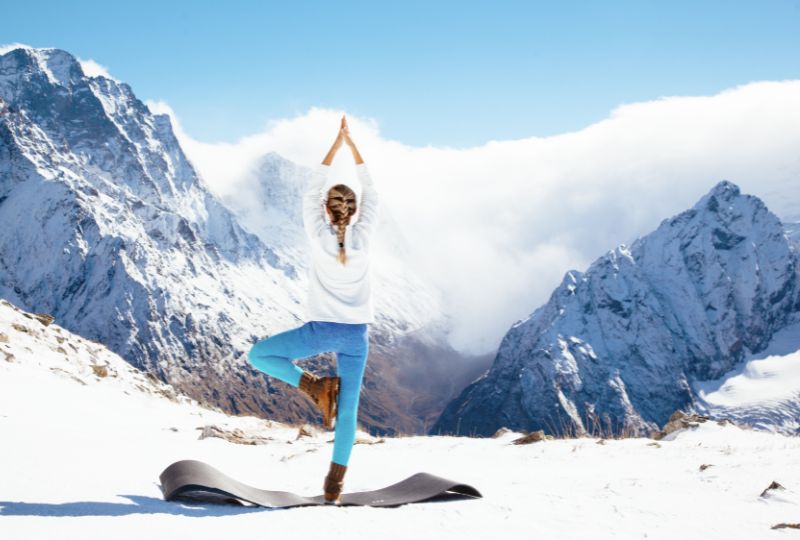
Empower yourself for an exhilarating skiing or snowboarding adventure through targeted strength exercises and the meditative benefits of yoga. Preparing for an entire day on the slopes mirrors the training for a cross-country race, mitigating injury risks and amplifying the joy of your snowboarding experience. Strengthening key muscle groups, such as the legs and core, is essential to ensure a secure descent down the mountains, reducing the likelihood of falls.
This regimen not only minimizes injuries but also fosters a robust mind-body connection. Professional snowboarders face risks like torn ACL, while enthusiasts may contend with ankle and shoulder injuries. Concentrating on muscle groups like the legs, buttocks, and core stabilizes and supports the knees, diminishing the risk of injuries. A robust core acts as your "center of gravity," instilling confidence as you navigate the mountainous terrain.
To cultivate the mind-body connection and enhance flexibility, integrate yoga into your routine. Yoga promotes balance, flexibility, and mindfulness - crucial assets on the snow-covered slopes.
While there are factors beyond your control when snowboarding, such as weather conditions and surrounding individuals, incorporating weekly cardiovascular and lower-body strength training, along with yoga, ensures a strong and safe skiing or snowboarding season.
Here's a guide on how to perform these skiing and snowboarding exercises and seamlessly integrate yoga into your routine:
Skiing and Snowboarding Exercises
1. Dumbbell Deadlift – 20 seconds

This exercise activates your wrist flexor muscles effectively. The wrist flexor muscles play a crucial stabilizing role for the ACL, serving as the primary defense against knee injuries. To further enhance balance, you can practice weightlifting while standing on one leg.
How to do
• Stand with feet hip-width apart, holding dumbbells in front of your thighs with palms facing your body.
• Bend your knees slightly, push your hips back, and slowly slide the dumbbells down your legs while keeping your spine long and abs tight.
• Push through your heels to return to the standing position.
• Squeeze your glutes as you stand up.
• Continue for 20 seconds (about 10 reps).
2. Bodyweight Squat is one of skiing exercises – 20 seconds

Squatting with proper form can also help train your legs to move accurately when you are snowboarding. While snowboarding, if your knees go too far forward, the thigh bones will exert pressure on the knee joint. In this position, you risk straining the anterior cruciate ligament, leading to collisions with trees or even complete flips. Adhering to the correct form reduces the risk of injury.
How to do
• Stand with feet slightly wider than shoulder-width apart.
• Lower your hips into a squat position, ensuring your knees do not go beyond your toes.
• Make sure your weight is on your heels.
• Continue this movement for 20 seconds.
3. Skater Hop – 20 seconds
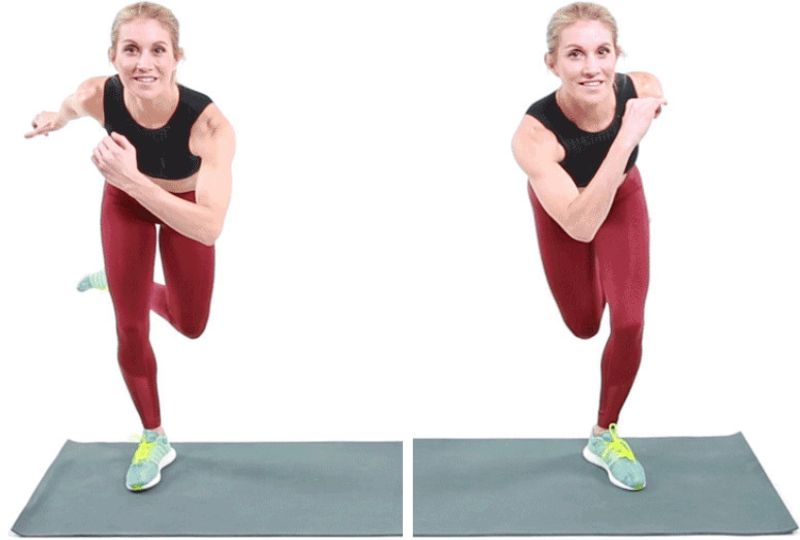
Snowboarding involves lateral weight shifts. Most daily activities as well as regular exercises don't perform lateral movements from side to side.
How to do
• Start on your left side, squatting slightly, then jump to the right as far as you can, leading with your right foot and landing on your right foot.
• Bend your knee (similar to a mini squat) and avoid touching your left foot to the ground.
• Jump back to the left, keeping a quick and balanced pace.
• Continue for 20 seconds.
4. Lunge Jump – 20 seconds
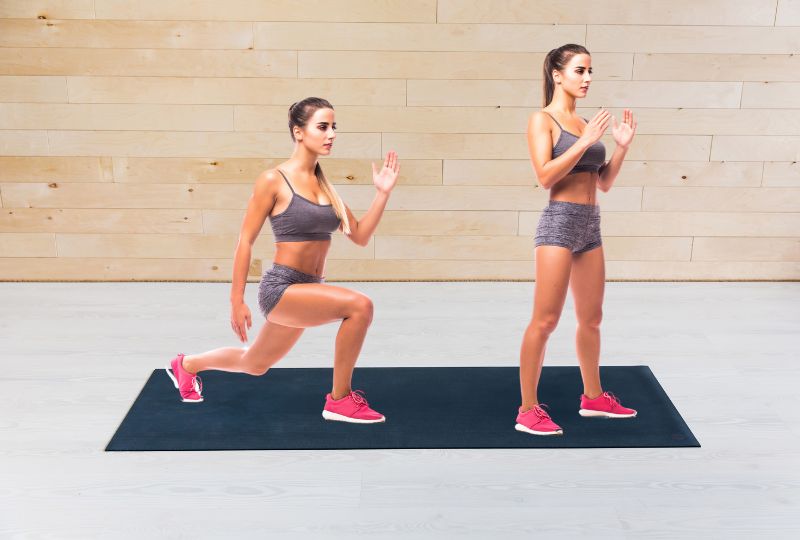
Rebounding after landing from a jump is an exercise that helps you execute snowboarding more safely and effortlessly.
How to do
• Stand with feet shoulder-width apart.
• Jump your left foot forward and your right foot back, landing in a lunge position.
• Jump up and switch your feet in mid-air so that your right foot lands forward and your left foot lands back.
• Continue for 20 seconds.
5. Plank – Hold for 30 seconds
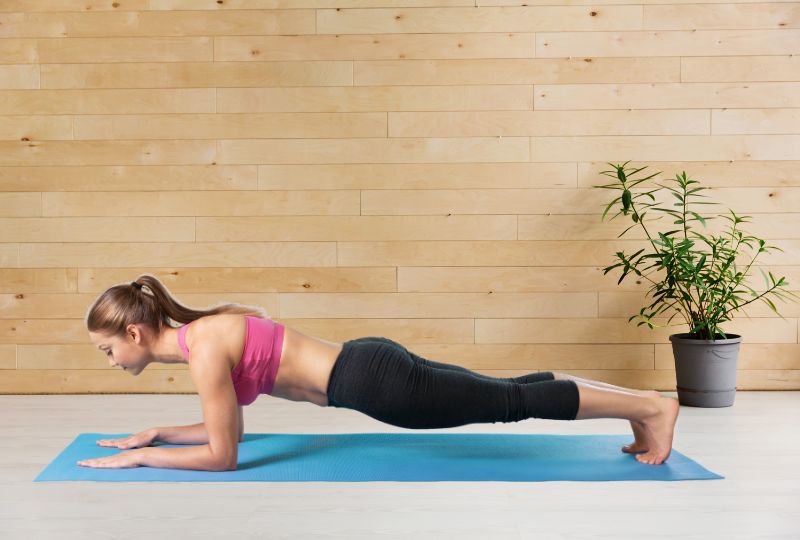
A robust core will aid your entire body in moving harmoniously, making it easier as you navigate through slalom maneuvers. The strength of the core facilitates smoother leg and arm movements, refining your skills and aiding in recovery after balance-challenging situations.
How to do
• Start in a plank position with your hands under your shoulders and your body forming a straight line.
• Hold this position for 30 seconds.
6. Side Plank – Hold for 30 seconds on each side
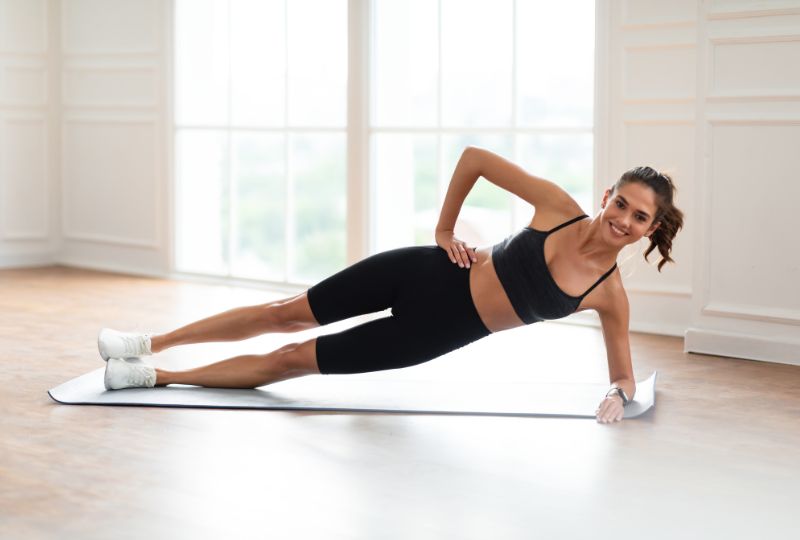
Engaging in a side plank is another stylish approach to fortifying your core strength.
How to do
• Lie on your side with your left foot stacked on your right foot.
• Use your left forearm to prop your upper body up.
• Lift your hips until your body forms a straight line.
• Hold for 30 seconds, then switch sides.
Yoga Integration
1. Mountain Pose
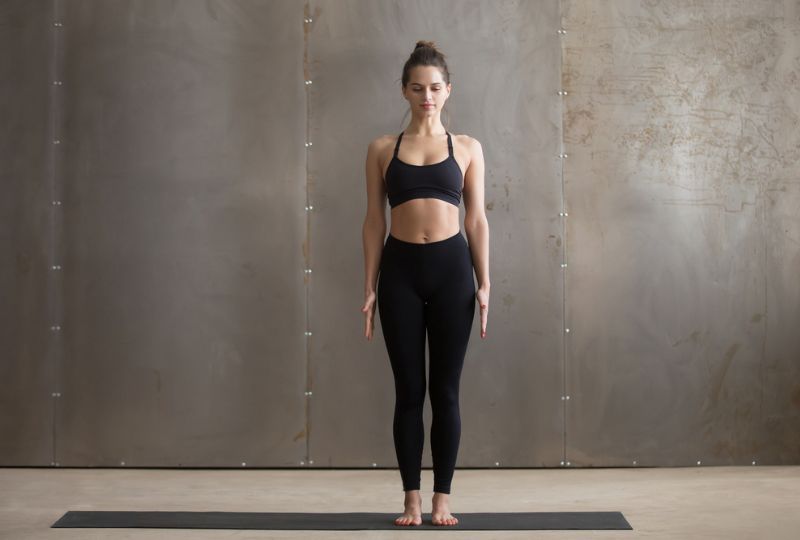
Mountain Pose, or Tadasana, is the bedrock of yoga, epitomizing strength, stability, and mindfulness. As practitioners stand tall, rooted in the earth, this foundational posture not only enhances physical attributes but also fosters mental clarity, making it an indispensable element in the yoga journey.
How to do
• Stand tall with feet together, and arms by your sides.
• Inhale, reaching your arms overhead, palms facing each other.
2. Warrior II

Warrior II, or Virabhadrasana II, stands as a dynamic yoga pose that embodies strength and grace. As the body extends in opposing directions, with arms outstretched and gaze fixed, the posture cultivates both physical prowess and focused tranquility, showcasing the harmonious blend of power and mindfulness in the practice of yoga.
How to do
• Step your left foot back, keeping your right knee bent.
• Extend your arms parallel to the floor, palms facing down.
• Gaze over your right hand.
3. Downward-Facing Dog
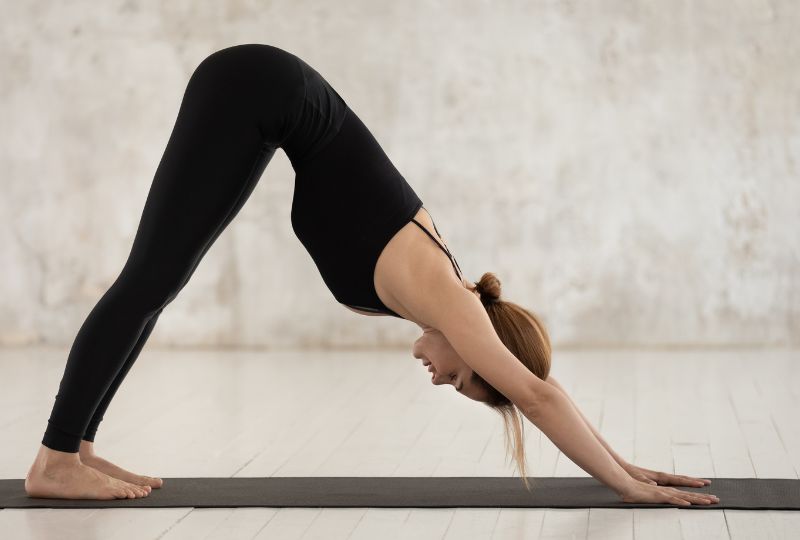
Downward-Facing Dog, or Adho Mukha Svanasana, this pose not only enhances flexibility but also serves as a moment of meditative repose, connecting breath with movement, creating a serene and revitalizing experience in the yogic journey.
How to do
• From a plank position, lift your hips toward the ceiling, forming an inverted V-shape.
• Keep your hands shoulder-width apart and your feet hip-width apart.
4. Tree Pose

Tree Pose, or Vrksasana, embodies the harmonious blend of strength, balance, and grace within yoga practice. This pose cultivates focus and stability, encouraging a seamless integration of mind and body.
How to do
• Shift your weight to your right foot, placing the sole of your left foot on the inner thigh or calf of your right leg.
• Bring your palms together in front of your chest.
5. Child’s Pose
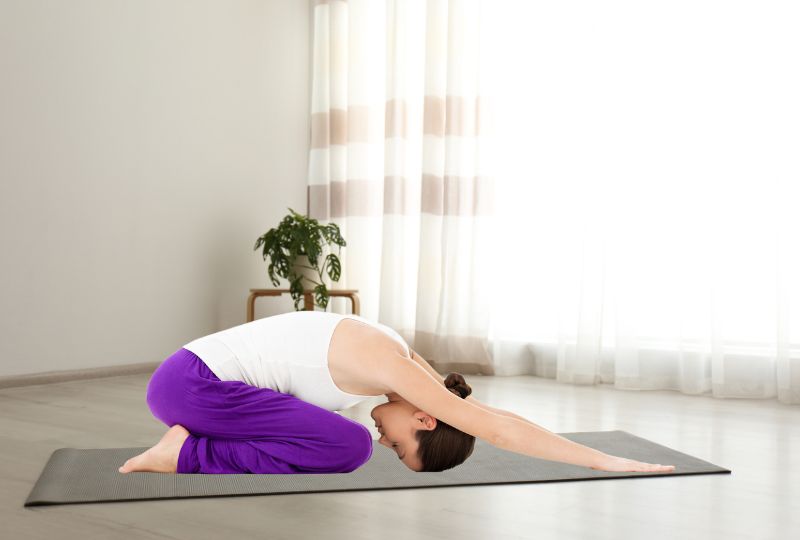
Child's Pose, or Balasana, unfolds as a soothing and restorative yoga posture. This humble pose invites a sense of surrender, providing a blissful release of tension and stress.
How to do
• Kneel on the mat, sit back on your heels, and reach your arms forward on the ground.
Complete the yoga sequence with deep, rhythmic breaths to enrich the mind-body connection. Incorporating these skiing and snowboarding exercises along with yoga into your routine, three times a week for 6–8 weeks, promises enhanced strength, flexibility, and skills without overtraining. Get ready to conquer the slopes with confidence and mindfulness!

